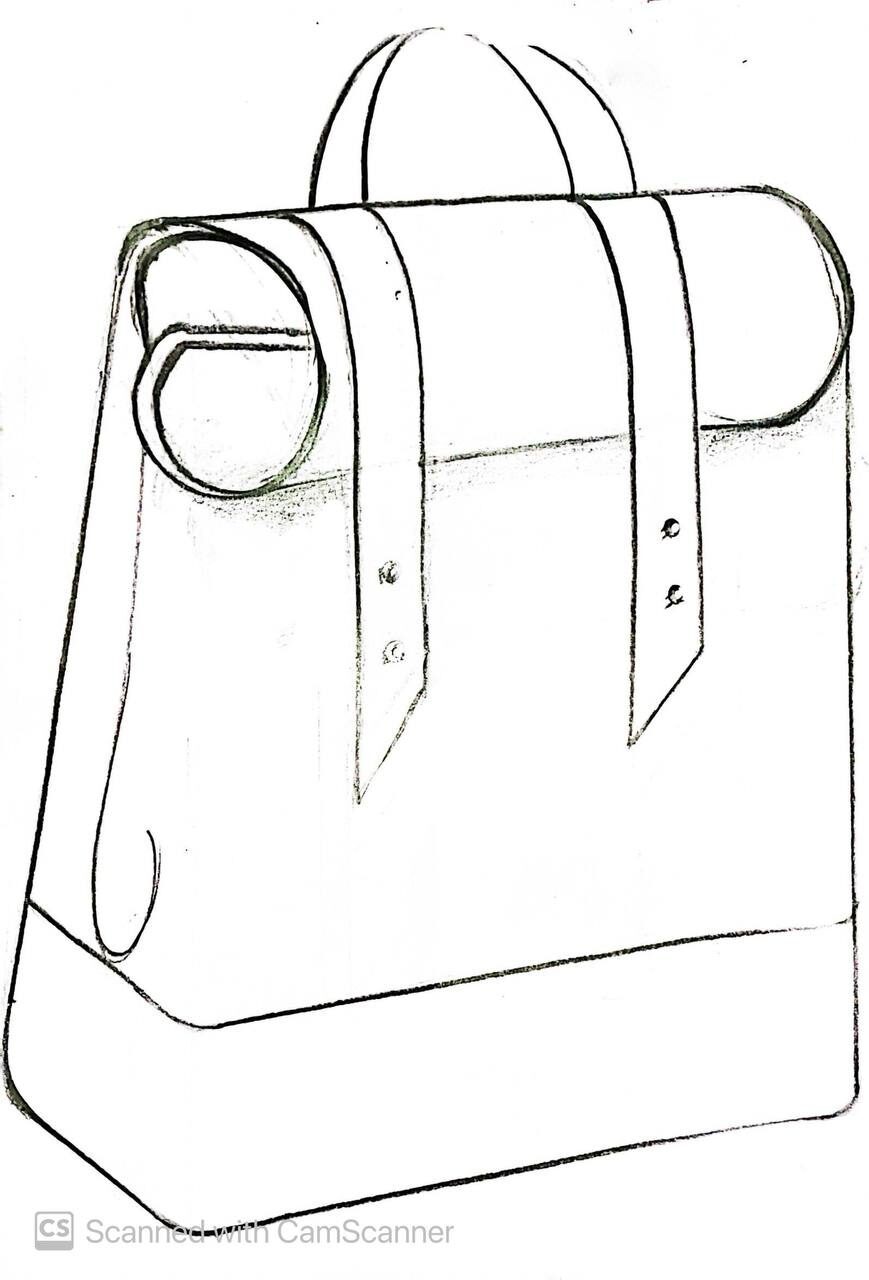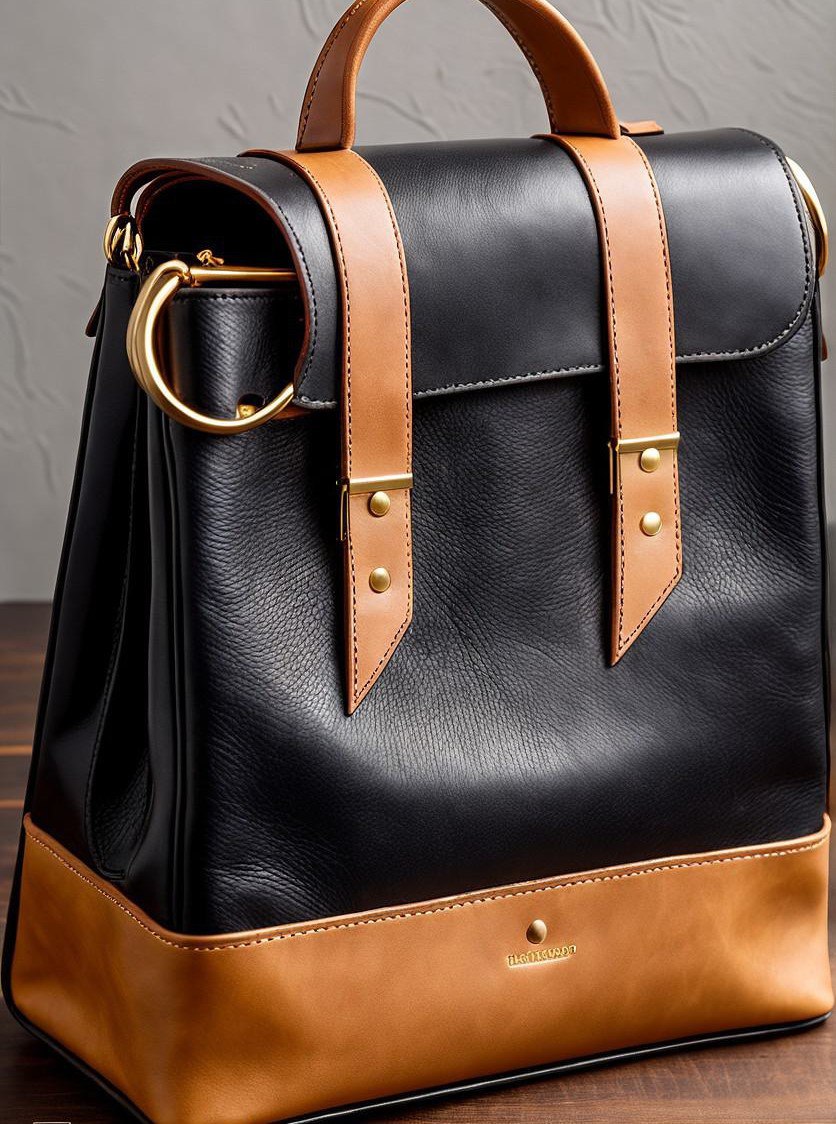Handbags
Category: Design*
A leather handbag is not just a functional accessory but also a statement of style and craftsmanship. Designing a handbag from leather involves several key considerations: Material Selection: Choosing the right type of leather is crucial. Full-grain leather is durable and develops a rich patina over time, while top-grain leather offers a balance between durability and a smoother finish. Other options like suede or patent leather can offer different textures and aesthetics. Design Elements: The design of a leather handbag can vary widely based on its intended use and style. Factors such as size, shape, compartments, closures (zippers, clasps, etc.), and strap types (shoulder straps, crossbody, handles) are all important design elements to consider. Craftsmanship: Handbags are often handmade by skilled artisans, particularly those focusing on high-end or bespoke pieces. Attention to detail in stitching, edge finishing, and hardware placement is critical to ensuring durability and aesthetic appeal. Functionality: A well-designed leather handbag balances aesthetics with functionality. Pockets and compartments should be strategically placed for easy access and organization, without compromising the overall design integrity. Aesthetic Appeal: The design should reflect current trends or timeless elegance, depending on the target market. Factors like color choices, embellishments (such as metal studs or decorative stitching), and the overall silhouette contribute to the bag’s appeal. Quality Control: Ensuring consistent quality in materials and craftsmanship is essential. Quality control processes during production help maintain standards and ensure customer satisfaction. Overall, designing a leather handbag requires a blend of creativity, technical skill, and an understanding of market preferences. From material selection to final detailing, each step plays a crucial role in creating a handbag that is both functional and aesthetically pleasing.



 Copy URL
Copy URL
 Login to Like
Login to Like 